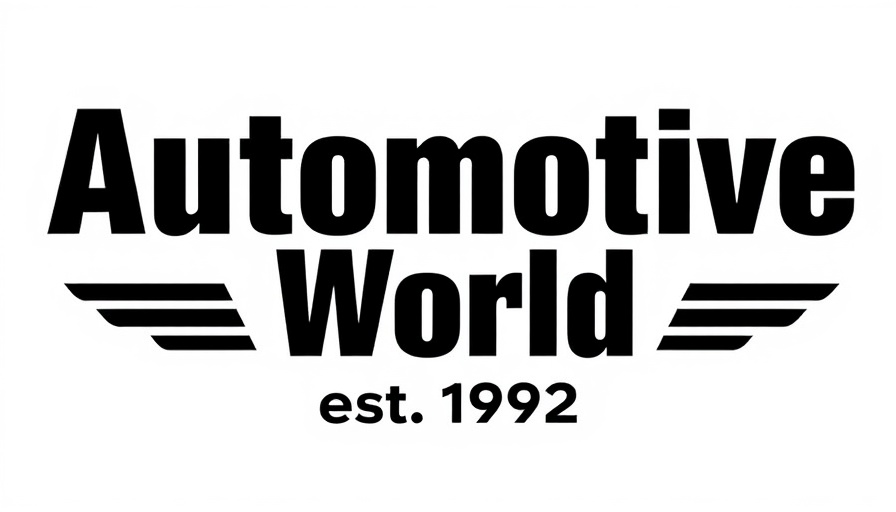
Understanding Physical AI: The Future of Smart Cities
As cities grapple with escalating traffic congestion and mounting safety concerns on the roads, Ouster BlueCity is emerging as a pivotal player in the development of smart city infrastructure. In partnership with NVIDIA, Ouster integrates advanced physical AI technology into urban environments, offering innovative solutions aimed at transforming traffic management. Their proprietary deep learning perception model processes data derived from an extensive network of lidar sensors, significantly enhancing detection accuracy and safety across numerous roadways.
The Power of Deep Learning in Traffic Management
Central to the success of Ouster BlueCity is its deep neural network (DNN), which has been trained using a staggering 4 million labeled objects sourced from 800 different traffic environments. This training enables the system to detect and classify various road users, including vehicles, cyclists, and pedestrians, in real time. By leveraging NVIDIA's cutting-edge Jetson edge AI platform, the Ouster solution demonstrates real-time processing capabilities that adapt to the multitude of variables found in busy urban settings.
Real-Time Processing: From Data to Action
Ouster’s application of real-time perception allows for rapid decision-making and response in traffic scenarios. As traffic patterns are dynamically analyzed, intelligent recommendations for signal adjustments can be made, ultimately enhancing traffic flow and reducing congestion. This shifts the paradigm from static systems reliant on outdated algorithms to a dynamic, responsive mechanism that learns and adapts to its environment in real-time.
A Case Study: Chattanooga's Lidar-Powered Traffic Management
In 2024, Ouster BlueCity took a significant step forward in its mission by establishing the largest lidar-powered smart traffic network in the United States, located in Chattanooga, Tennessee. This network not only provides enhanced real-time traffic management but also serves as a benchmark for other cities exploring similar smart city technologies. By implementing Ouster’s advanced solutions, cities can anticipate a marked improvement in roadway safety and efficiency, illustrating the potential for scalable solutions across countless urban environments worldwide.
Adoption and Future Implications
The move towards Ouster BlueCity’s technology is propelled by an increasing recognition of the need for modernized transportation systems globally. With over 400 sites already integrated, there is growing optimism about the potential for these systems to significantly lower accident rates and improve overall urban mobility. In doing so, they may also pave the way for responsible urbanization amidst rising populations and increasing vehicle usage.
As the potential for self-driving vehicles and advanced fleet management grows, so does the demand for robust infrastructure equipped to handle these innovations. Ouster BlueCity stands at the forefront, ready to tackle these challenges with physical AI technologies that promise a safer, smarter, and more efficient urban experience for all road users.
For dealership owners and general managers, understanding the implications of physical AI in smart city infrastructures can not only enhance operational strategies but also position them as leaders in an evolving marketplace where technology shapes customer engagement and service delivery.
 Add Row
Add Row  Add
Add 

 Add Row
Add Row  Add Element
Add Element 




Write A Comment